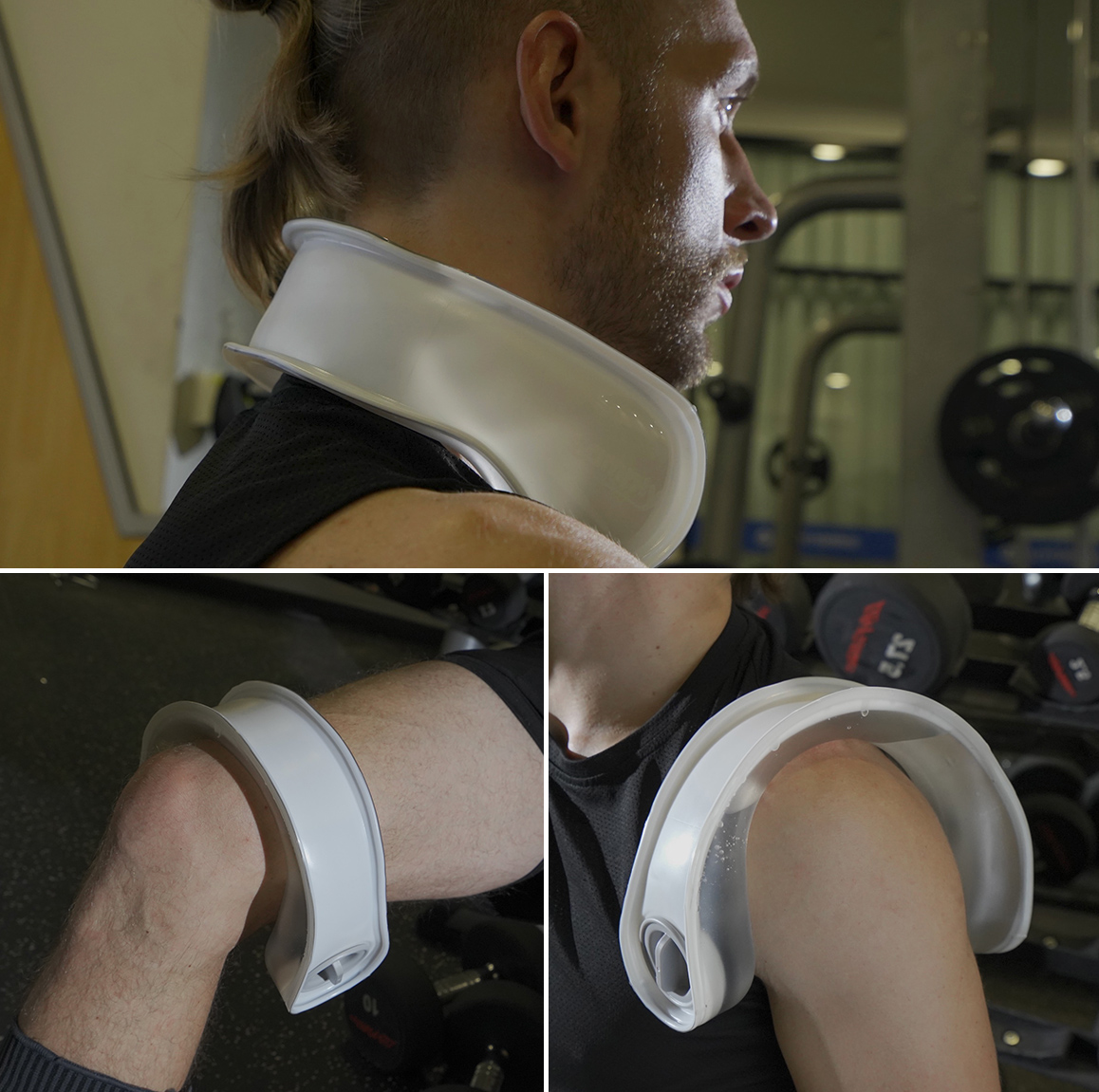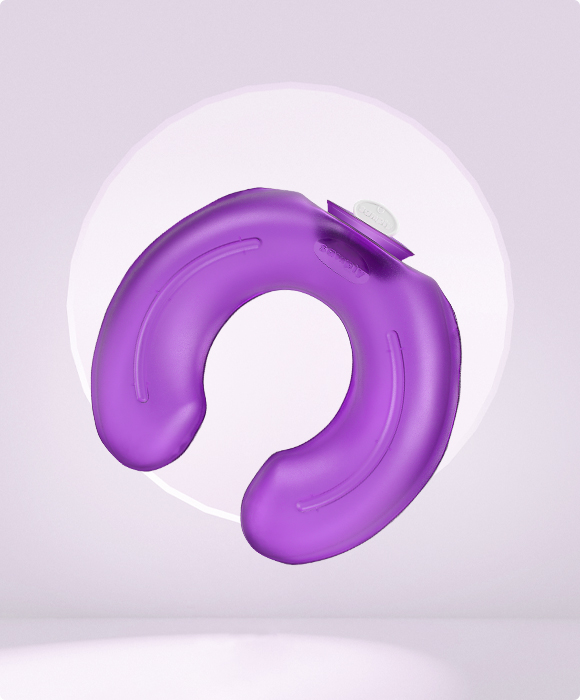1.Introduction
2.Ice Therapy
3.When Not to Use Ice Therapy
4.Warm Compress
5.When Not to Use Warm Compress
6.Conclusion
Introduction
Warm compress and ice therapy are commonly recommended to alleviate pain caused by muscle or joint injuries. Basic warm compress can involve using a hot water bottle, heating pad or warm bath. While ice therapy typically uses ice packs or cooling pads. In certain situations, alternating between heat and cold applications can help relieve pain. However, these two therapies are fundamentally different and are applied to different types of injuries. This blog will explore when it is best to use warm compress and when ice therapy is more appropriate.
First, we can understand the basic principles of warm compress and ice therapy. Both can help alleviate pain, but choosing the right method depends primarily on the type and cause of the pain.

Ice Therapy
Ice therapy reduces blood flow to the injured area, slowing down inflammation and reducing the risk of swelling and tissue damage. Ice therapy can also numb the painful tissues, acting as a local anesthetic, and is generally used within 24 to 48 hours after an injury.
When Not to Use Ice Therapy
Ice therapy should be avoided in the following situations:
-If there is a risk of muscle spasms, as ice therapy may exacerbate them.
-If the patient already feels cold or the area is numb.
-If there are open wounds or blistered skin.
-If the patient has vascular diseases, nerve disorders affecting blood flow, or is allergic to cold.
-Ice therapy should not be used before exercise, and ice should not be applied directly to the skin, as it may cause frostbite and damage body tissues.

Warm Compress
Warm compress is often more effective in treating chronic muscle pain or aching joints caused by arthritis. Warm compress helps dilate blood vessels, promoting blood flow, which in turn relaxes sore and tight muscles. Improved circulation can also help eliminate some of the lactic acid waste produced after exercise. Warm compress also has a comforting psychological effect, enhancing its pain-relieving benefits.
When Not to Use Warm Compress
Warm compress is not suitable for all types of injuries. Any injury that is already warm should not be further heated, including infections, burns, or recent injuries. Warm compress should not be used in the following situations:
-If the skin is hot, red, or inflamed.
-If the patient has dermatitis or open wounds.
-If the area is numb.
-If the patient has reduced sensitivity to heat due to peripheral neuropathy or similar conditions.
Conclusion
When choosing between warm compress and ice therapy, it is essential to base the decision on the specific circumstances. Warm compress is beneficial for relaxing muscles, promoting blood circulation, and is suitable for chronic pain, muscle soreness, or stiffness. Ice therapy, on the other hand, effectively reduces inflammation, swelling, and acute pain, making it ideal for sprains, strains, and other acute injuries. Understanding the benefits and appropriate use of each therapy can help us better manage pain and promote recovery. Finally, if there is any uncertainty or if symptoms are severe, seeking professional medical advice is always the safest course of action.

